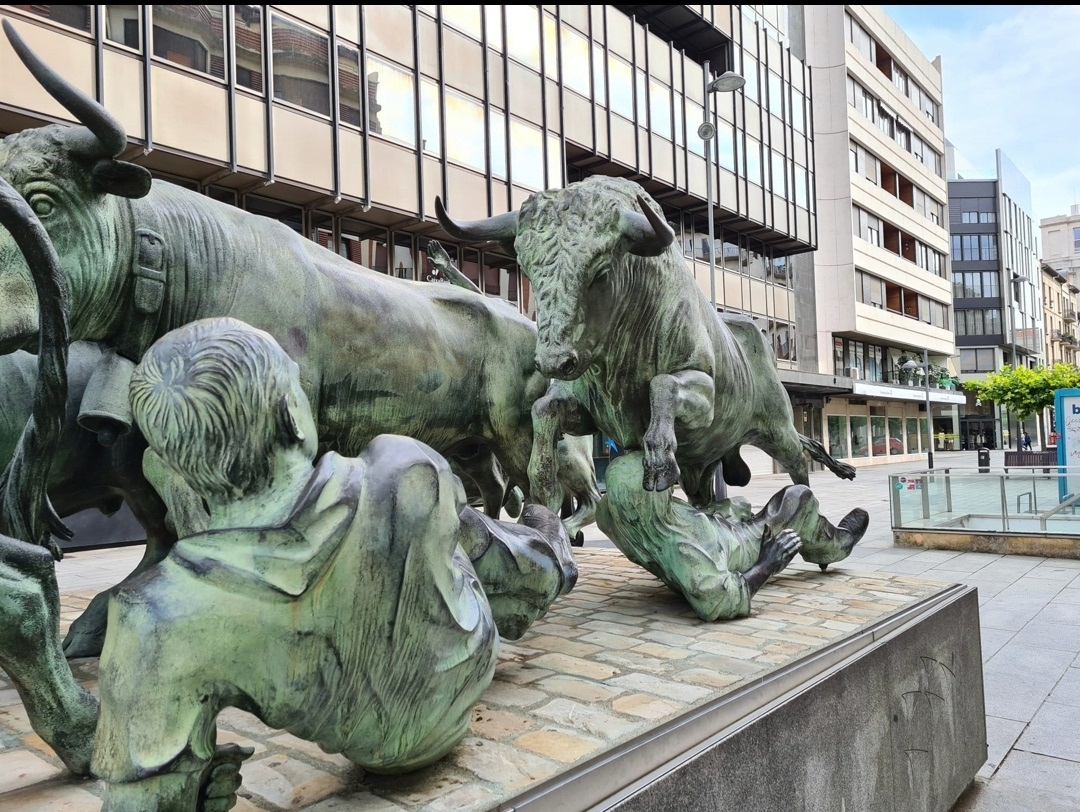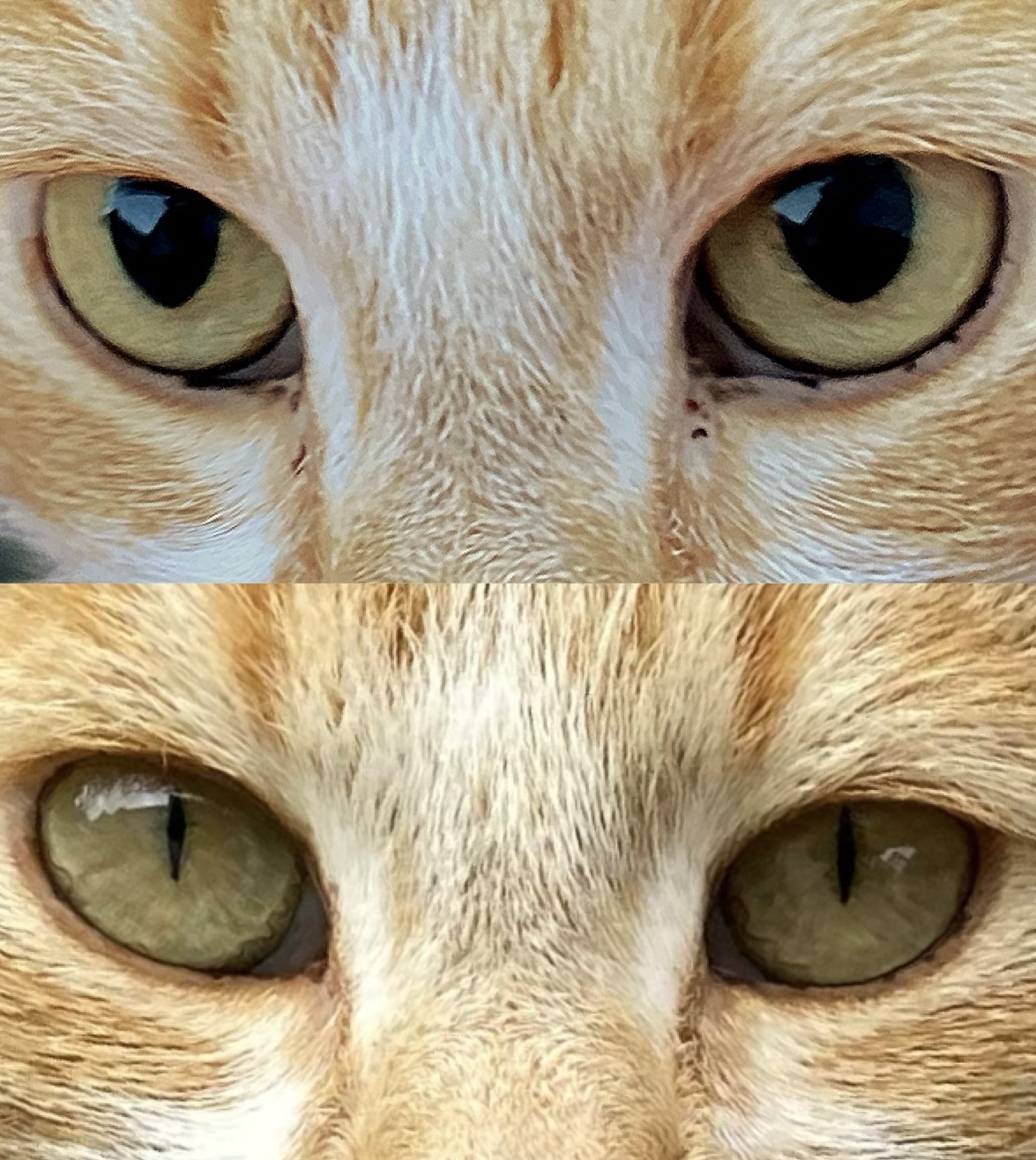STEM Photography Key Stage 4
Many amazing photos and insightful commentaries were submitted by our Key Stage 4 entrants. Please take a moment to scroll through the entries and let them show you the beautiful science all around us.
This image shows a plank of wood which has been a home to woodlice over the last 10+ years, long enough for the woodlice to have eaten right through the middle of the plank, splitting it in two.
On the inside of the split, you can see horizontal ridges forming where the woodlice have eaten certain parts of the wood first. Interestingly, the grooves in the wood made by the wood lice match up with the natural rings in the wood from when it was part of a living tree, implying that the tree rings are tougher and therefore harder to eat than the rest of the wood. This makes sense as tree rings are formed by the ‘late wood’ near the end of the growing season, and are comprised of smaller cells with thicker walls than the ‘early wood’ to ensure that the tree is strong and stable.
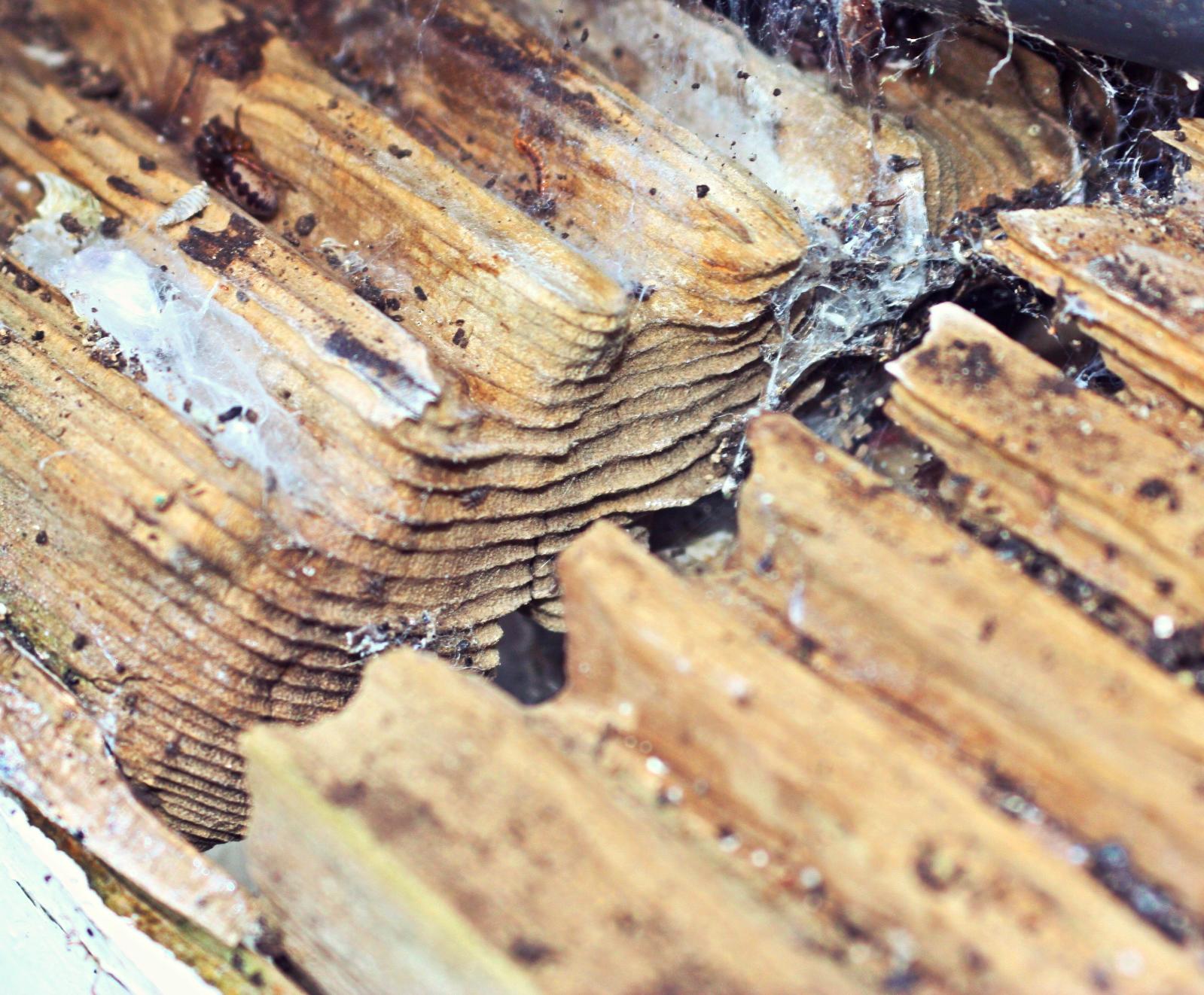
This fungi, commonly referred to as the pleated inkcap is one of the many short lived grassland fungi that appear overnight after a downpour. The fruit bodies develop, expand, spread their spores then decay within 24hours. To see this fungi at its very best, you will have to wake up early as by afternoon it can have collapsed under its own weight.
Pleated inkcaps are part of the saphrobic species, meaning that they get their nutrients from breaking down organic matter into simpler molecules.
Their interesting colourless appearance comes from a lack of a pigment called chlorophyll. This pigment is found in most plants and helps them to turn carbon dioxide and water to oxygen and glucose through a process called photosynthesis.
I find this species of fungi particularly interesting as their short life cycle allows them to reproduce and spread very quickly, while their adaptation of getting nutrients through breaking down organic material removes their need for chlorophyll and allows this fungi to thrive even when there is no light.
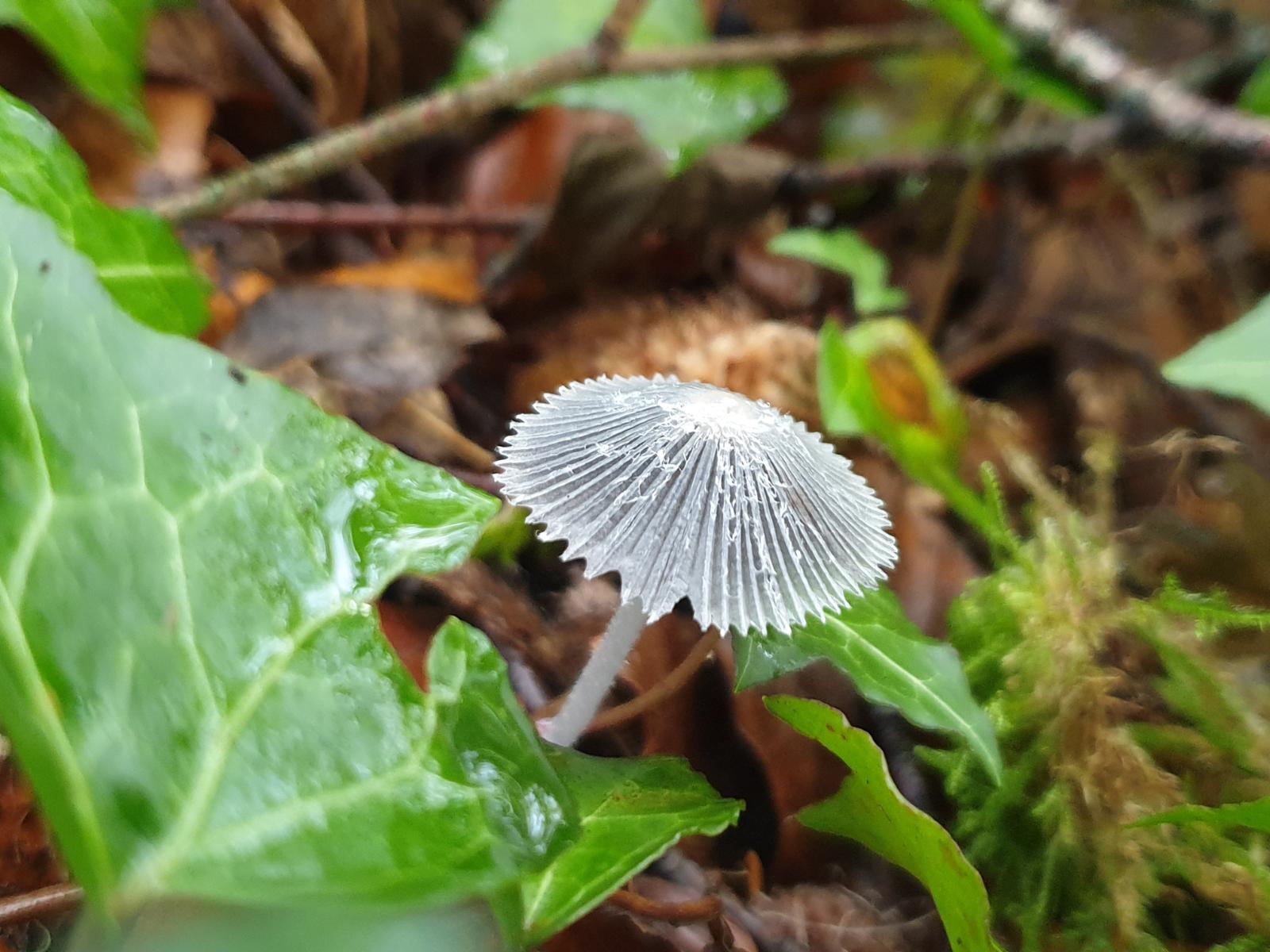
In my back garden we have a monkey tree and last summer I saw a dragonfly. I started to research, and I am highly surprised about what I found...
At the start of the dragon fly's life cycle, they start off as eggs that are placed onto plant material. The dragon fly species I came across is called ‘banded demoiselle’. Their habitat is slow flowing streams and rivers, especially ones that are mucky. Things that are treats to this species are overgrowth and shading from trees and vegetation.
Their appearance is mainly 44-46 mm in length, for females they appear as metallic green with translucent pale green wings. For males their appearance is a metallic blue/black across their wings.
Dragon flies have three different segments the throat, thorax and the abdomen. They also won the first winged insects ever found! They have descended from the Odanata, they have been around for around for around 320 million years. Dragon flies have a 100 percent success hunting rate. They have a freely moving head, very short antennas, very large and developed compound eyes, three normal eyes and two pairs of long wings. Dragons are one of the only insects that have direct flight muscles. This allows them to move and direct each of their four wings freely and individually. They can propel themselves in all 6 directions they use a method of flapping their wings called ‘counter stroking’ here their wings are 180 degrees out of hinge to each other.
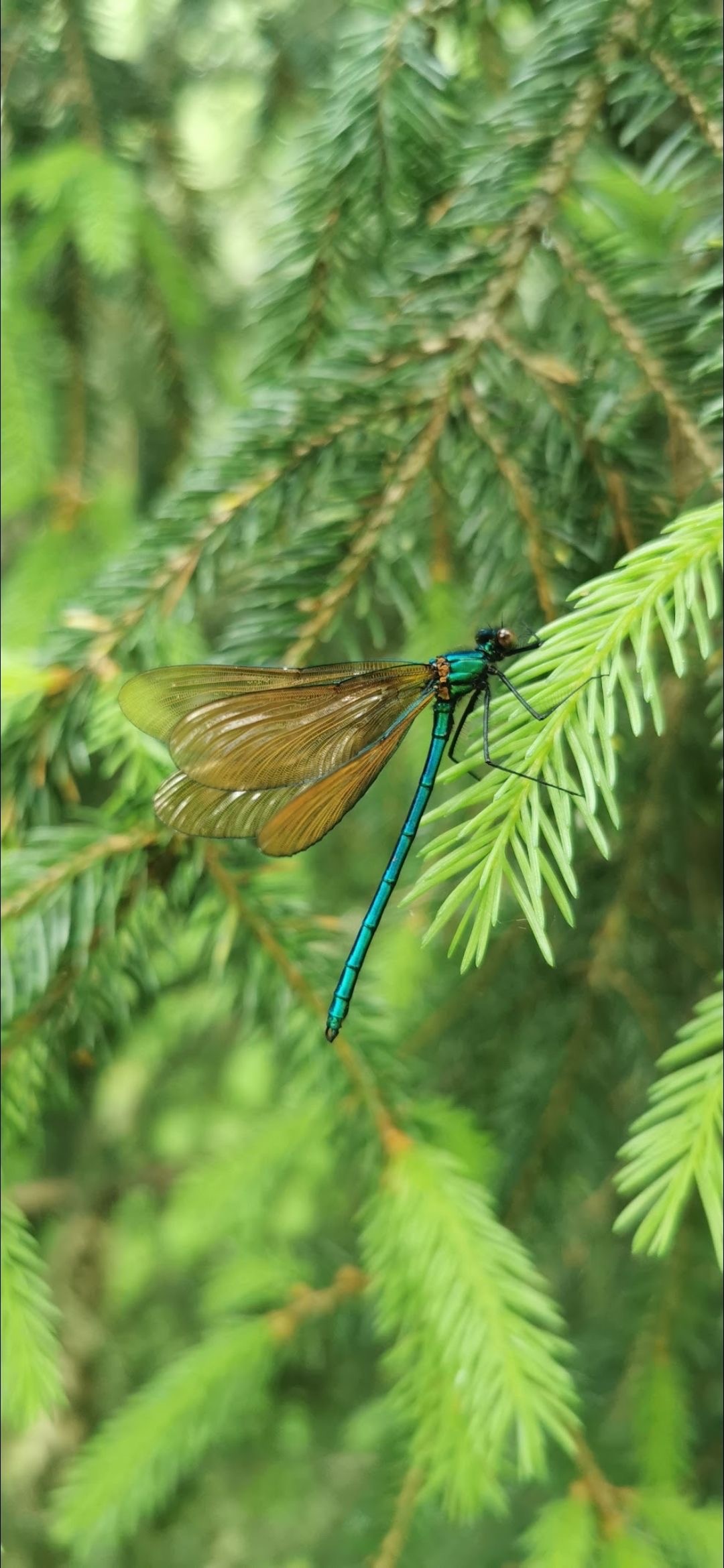
The lighthouse on this small island collapsed in the 1800's, as it was made of a ferrous metal.
A ferrous metal is a metal that contains iron (Fe). When iron is exposed to oxygen (O) and moisture (which in this case was majorly in the form of waves and rain), iron particles get lost in the water's acidic electrolytes. This is the Iron going through a process called oxidisation. The oxidisation of the iron produces a brown layer over the iron called rust. The Rusty metal has reduced stability and is flaky. The reason the lighthouse collapsed back in the 1800's is due to it being built out of steel, which is a ferrous metal meaning it contains iron, and due to the loss of iron over time it lost stability in its structure and the kinetic energy impacting on the light house it eventual collapsed in 1800s.
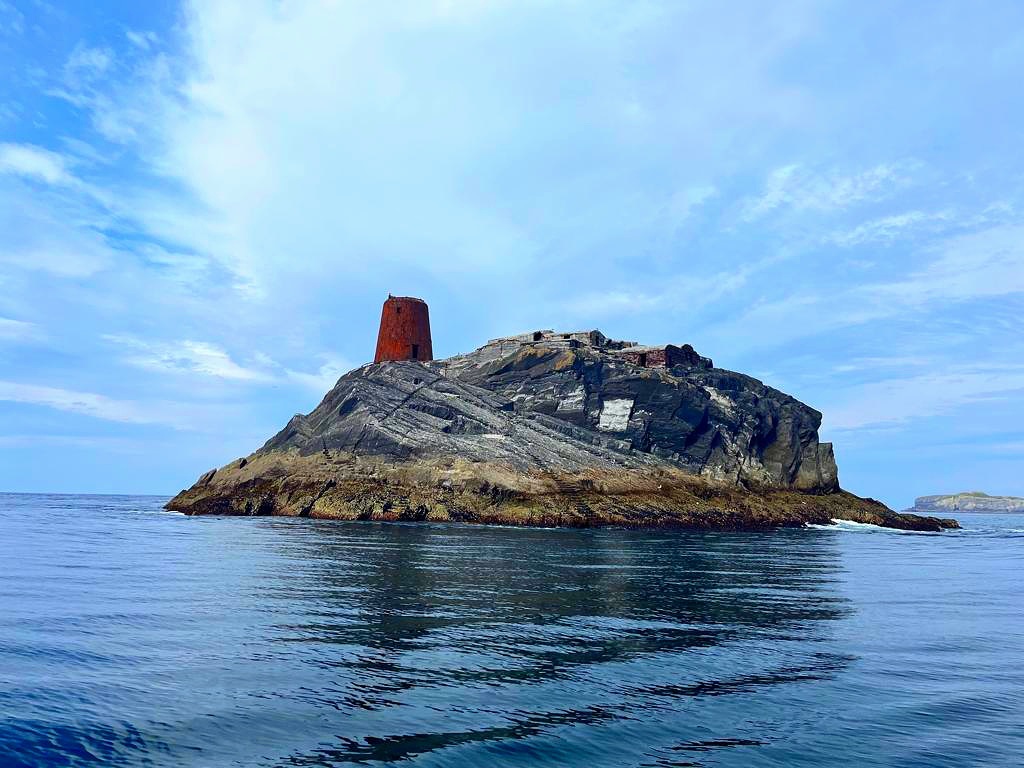
This picture, of a Statue of the Bull Race in Pamplona, shows an example of what oxidation does to red metal statues.
Oxidation is defined as the interaction of molecules of oxygen and all the different substances they may come in contact with.
Technically, though, because of the discovery of electrons, the definition of oxidation became more precise. The more precise definition of oxidation is the loss of at least one electron when two or more substances interact.
The patina effect is when a colour change occurs in red metals due to oxidation. This bull race statue isn't made of a green metal, it was made of copper, which is a red metal. The statue appears green due to the patina effect.
Essentially, the green colour is due to the copper coming into contact with water, oxygen, and carbon dioxide over long periods of time. This causes a coating to build on the surface. Yet, instead of rusting, the metal morphs into a beautiful blue-green colour.
What I find interesting is that the blue-green colour actually strengthens and makes it more durable. The metal becomes more resistant to further corrosion.
Sometimes oxidation isn't such a bad thing. The super-durable anodized aluminium was created by oxidation, and it can also make metal masterpieces even more beautiful. Other times, oxidation can be destructive, such as the rusting of a bicycle or the browning of freshly cut apples.
